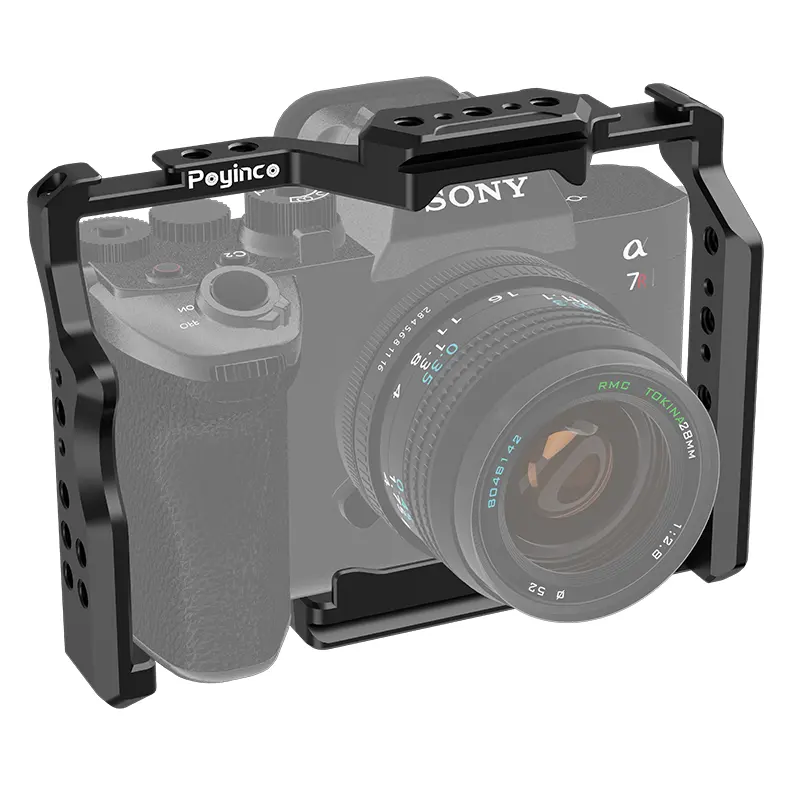

Time:2025-03-08 Views:1

Understanding the parameters of a macro lens is essential for choosing the right lens for your needs and using it effectively.
1. Magnification Ratio
The magnification ratio is one of the most important parameters of a macro lens. A 1:1 magnification ratio means that the image on the sensor is the same size as the actual subject. For example, if you are photographing an insect that is 1 cm long, at 1:1 magnification, the image of the insect on the sensor will also be 1 cm long. A 2:1 magnification ratio means that the image on the sensor is twice the size of the actual subject. Higher magnification ratios allow you to capture more detailed close - up images, but they also require you to get very close to the subject, which can be challenging in some situations.
2. Focal Length
The focal length of a macro lens affects the working distance and the field of view. A shorter focal length, such as a 50mm macro lens, generally allows you to get closer to the subject, but it has a narrower field of view. This can be useful for photographing very small subjects where you need to fill the frame. A longer focal length, like a 100mm or 200mm macro lens, gives you a greater working distance, which is beneficial when photographing subjects that are sensitive to being approached, such as insects. It also has a wider field of view at the same magnification, which can be helpful for including more of the subject's surroundings in the frame.
3. Aperture Range
The aperture range of a macro lens determines the amount of light that enters the lens and also affects the depth of field. A wider maximum aperture, such as f/2.8, allows more light to enter the lens, which is useful in low - light situations. It also creates a shallower depth of field, which can be great for isolating the subject and creating a beautiful bokeh effect. However, a wider aperture may also make it more difficult to get the entire subject in focus. A smaller minimum aperture, such as f/22, increases the depth of field, but it may require a longer exposure time or a higher ISO, which can introduce noise. Consider the types of subjects you will be photographing and the lighting conditions you will be working in when evaluating the aperture range of a macro lens.
4. Image Stabilization
Some macro lenses come with image stabilization (IS) features. Image stabilization helps to reduce camera shake, which is especially important in macro photography as even the slightest movement can cause the image to be blurry. If you often shoot handheld or in low - light conditions, a macro lens with image stabilization can be a great advantage. However, lenses with image stabilization tend to be more expensive. Consider your shooting style and the importance of image stabilization in your photography when choosing a macro lens.
Read recommendations:
small rig camera cage supplier
cameras for underwater photography Accessories
5 Axis Cnc Milling Machines Cnc Machined Aluminum Alloy Parts Turning Precision
How to Adjust the Automatic Zoom of Camera Lenses
Impact Damage Accumulation Resistance of Macro Lens Adapters